Vegetables to plant in January: 12 crops to sow and grow this month
Get cracking with the best vegetables to plant in January, including banana shallot, celeriac, eggplant and quinoa


Knowing the best vegetables to plant in January means you can be sure you get your gardening year off to the best possible start. There’s a huge sense of expectation this month, as we look forward to all those lovely crops we hope to grow this year. This is the time to take stock on what we learned last year, and make sure we are efficient as well as adventurous – not to mention successful with our crop choices and our growing spaces.
While you could be forgiven for thinking it’s quiet out there at this point in the vegetable planting calendar, there’s no time to waste if you want to kickstart many of your growing projects the right way. There’s plenty you can start off in January to lay the groundwork for a host of kitchen classics and mouth-watering exotics from spring to fall. So don’t delay – get cracking, and sow under glass with heated propagators and grow lamps inside, or cold frames and tunnels outdoors. Invest in a thermometer, and give windows a clean to boost your growing potential.
We hope we give you plenty of inspiration for your kitchen garden. Follow our tips, and kick off the year with gusto – and you’ll guarantee months of feasts. From sweet potatoes to chocolate chillies, there’s plenty to inspire you with our choice of the veggies you need to prioritize now. So start your year as you mean to go on – and grow for it!
12 vegetables to plant in January to start your year right
In just a few short weeks, covered areas like warm window spots and sunny shelves will be at a premium. Chances are that every available space will be stuffed with cell trays and propagation kits. Then will follow a period of intense and continued activity across all quarters, as plants are potted on, moved out and replaced in heavy rotation until May and beyond. An early start now gives slow-maturing crops like cauliflower and celeriac an added advantage, while sowing habanero peppers during these quiet weeks in January will help ensure they reach peak heat.
You can also start off novel kitchen garden ideas like salsify in cold frames, saving precious greenhouse corners for this year’s early tomatoes and eggplants. So if you’re looking for the key vegetables to plant in January, read on! Whether you fancy leafy greens or banana-shaped bulbs, our must-grow guide can point you in the right direction.
1. Purple salsify
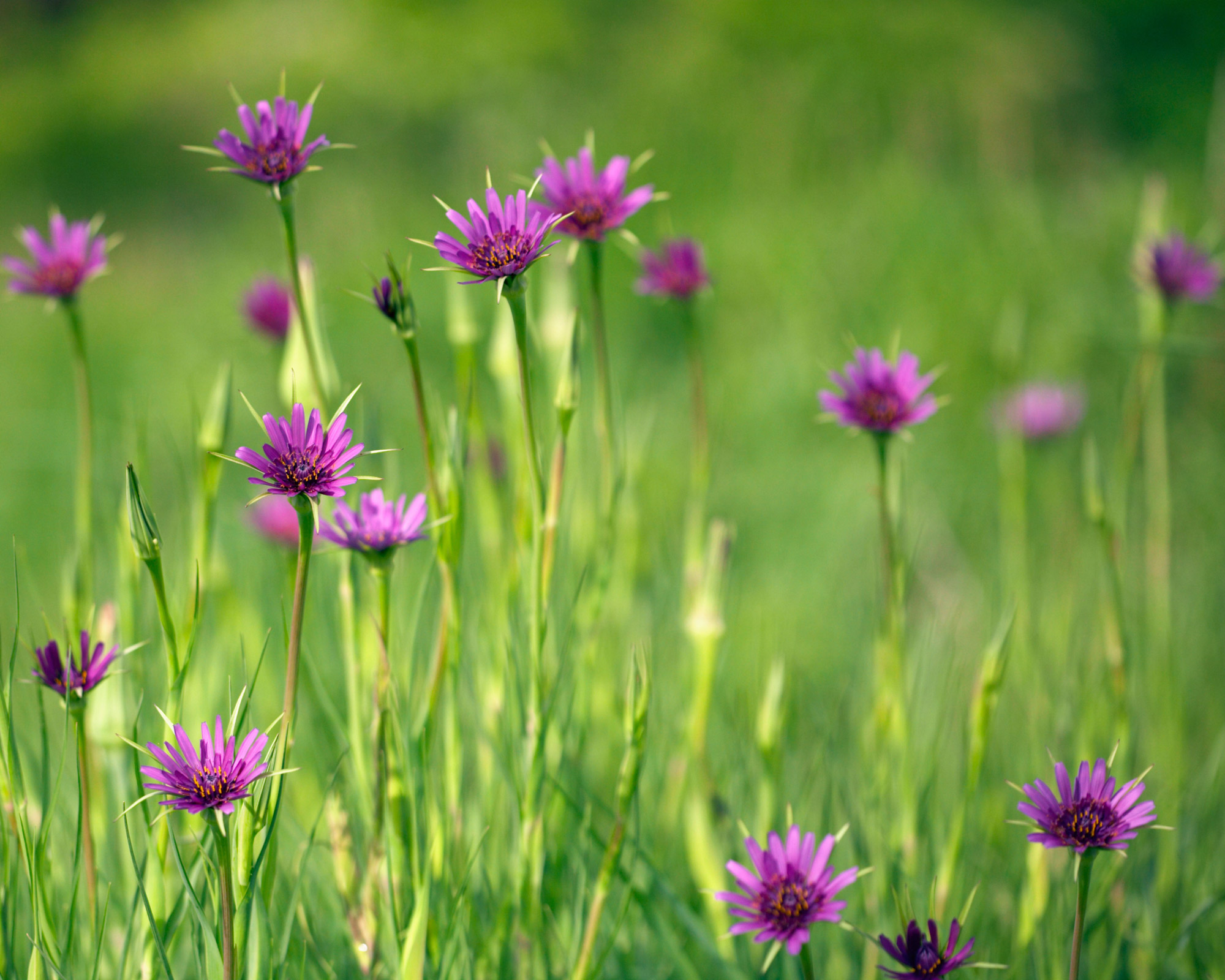
Salsify can be grown for its tasty tap roots and also its attractive purple blooms
If the thought of chowing down on something referred to as ‘purple goat’s beard’ seems a bit of a stretch, we urge you to reconsider. Purple salsify (Tragopogon porrifolius) is something of a garden revelation, combining the dainty ornamental appeal of a wildflower with generous cropping potential and sweet, creamy taproots. It is amongst the best low-maintenance plants you can grow on the plot, and one of the essential vegetables to plant in January. Other intriguing names for these finger-shaped roots include Jerusalem star, Jack-go-to-bed and vegetable oyster, so-called because of its distinctive flavor.
Hailing from Mediterranean climes, salsify is easy-going and happy left to its own devices. If you know how to grow carrots and parsnips, there are no nasty surprises in store. All you need is a warm, sunny spot and a light, sandy, well-draining and stone-free soil so expanding tap-roots have room to roam. Make sure you give crops ample soil depth, and keep weed-free. Salsify plants are some of the best vegetables to grow in raised beds and also thrive in large containers. Starting salsify under glass in January means that established plants get to enjoy plenty of the spring freshness they crave once transplanted to the garden.
As Amateur Gardening’s veg expert Lucy Chamberlain advises, it’s a good idea to sow fresh salsify seed, as they are only viable for a couple of years. Great varieties to try include ‘Scorzobianca’ and ‘Sandwich Island’. Harvest from 120 days after sowing – and yes, you can eat the flowers!
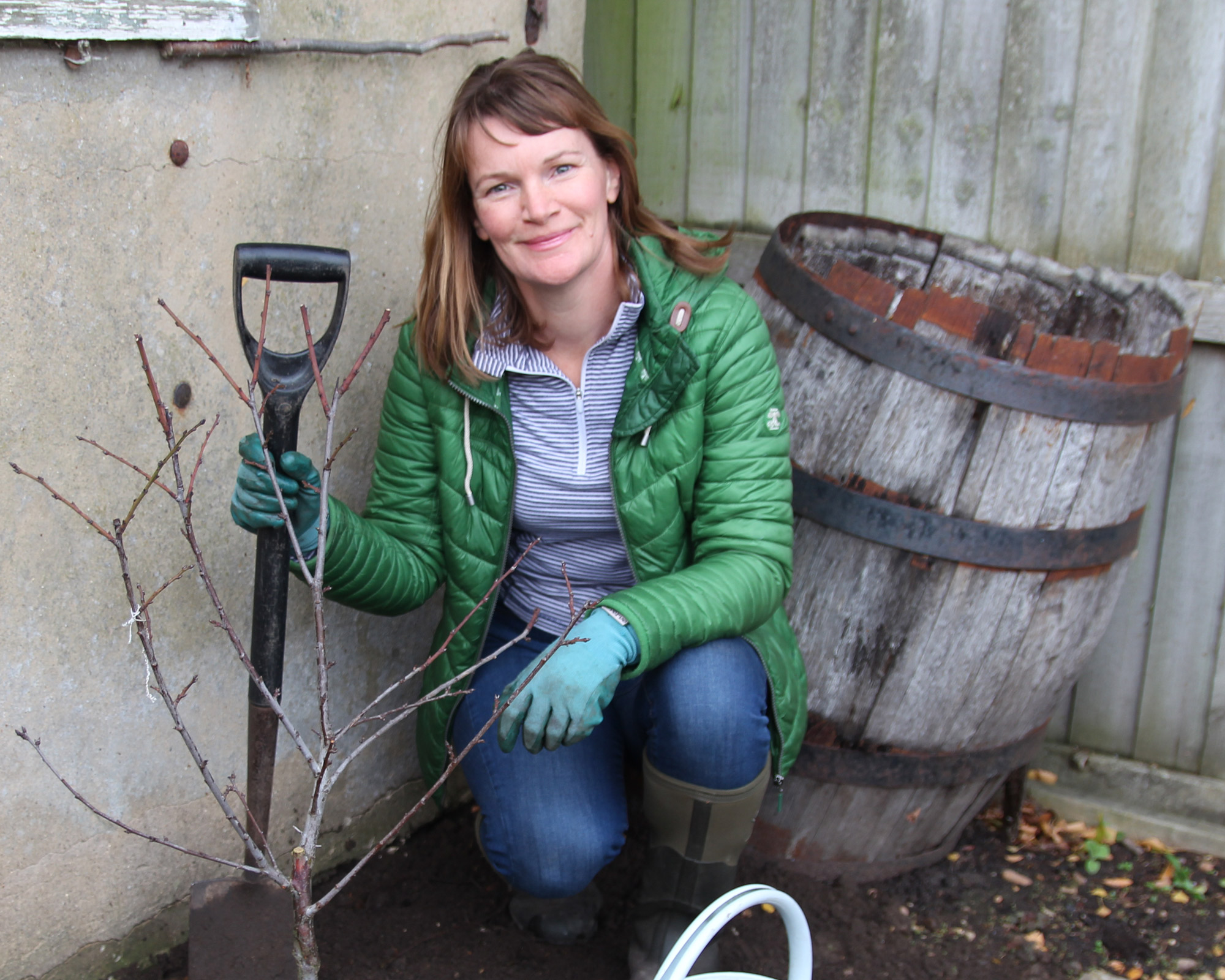
Lucy was a Horticultural Advisor at RHS Wisley for six years. She has been Head Gardener on a 100-acre private Essex estate for seven years, and writes regularly for titles such as The Garden, Gardeners’ World and The Guardian. She's the author of the RHS Step by Step Veg Patch book, and the fruit and vegetable expert for Amateur Gardening magazine, providing readers with invaluable grow-your-own-advice in every issue.
2. Curly parsley
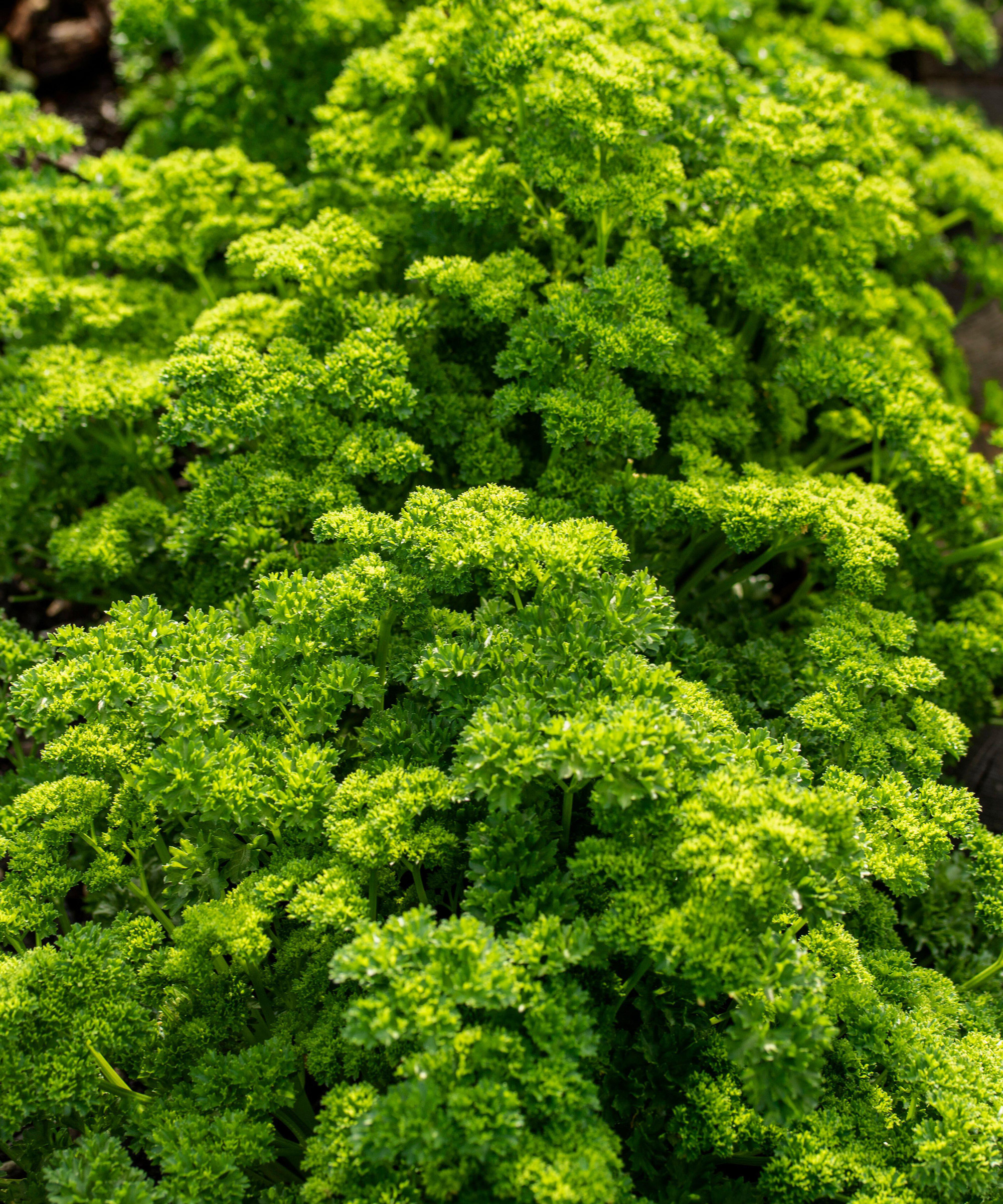
Champion Moss Curled’ is an excellent choice for containers and herb gardens
Once dismissed as a papery garnish, curled leaf parsley is enjoying a culinary Renaissance, thanks to its unique piquancy and robust growing habit. Although seeds take a little while longer to germinate in winter (four-six weeks), January is a great time to grow parsley as it thrives in the cooler shelter of a cloche or cold frame, as well as being grown in large pots in a greenhouse or sunny windowsill. As Chris Bonnett of Gardening Express observes, as long as you can find a lightly shaded spot, this is a dream crop for late winter sowings.
‘It just takes patience to grow, as the seeds can take more than a month to germinate,’ says Chris. You also just need to make sure the compost is kept moist, and that you give crops a boost every few weeks by adding a liquid feed, especially if growing in containers, Chris adds. Ensure your plants also receive at least six hours of sunlight per day. This pretty and tactile edible, a rich source of iron and vitamin C, can be grown on in bigger pots when plants are large enough to handle. If moved out in summer, curled leaf parsley is one of the best companion plants for carrots and grows happily with chives, asparagus, garlic and onions.
Thanks to its dense leaf texture, curly parsley is one of the best herbs to grow in your garden in cooler months, since it is hardier and less susceptible to rots. Great varieties include tightly packed ‘Champion Moss Curled’, tactile ‘Frisca’ and crimped ‘Aphrodite’.
- Buy ‘Double Curled Organic’ parsley in the US: view at Burpee
- Buy ‘Champion Moss Curled’ parsley in the UK: view at Amazon
3. Eggplant/aubergine
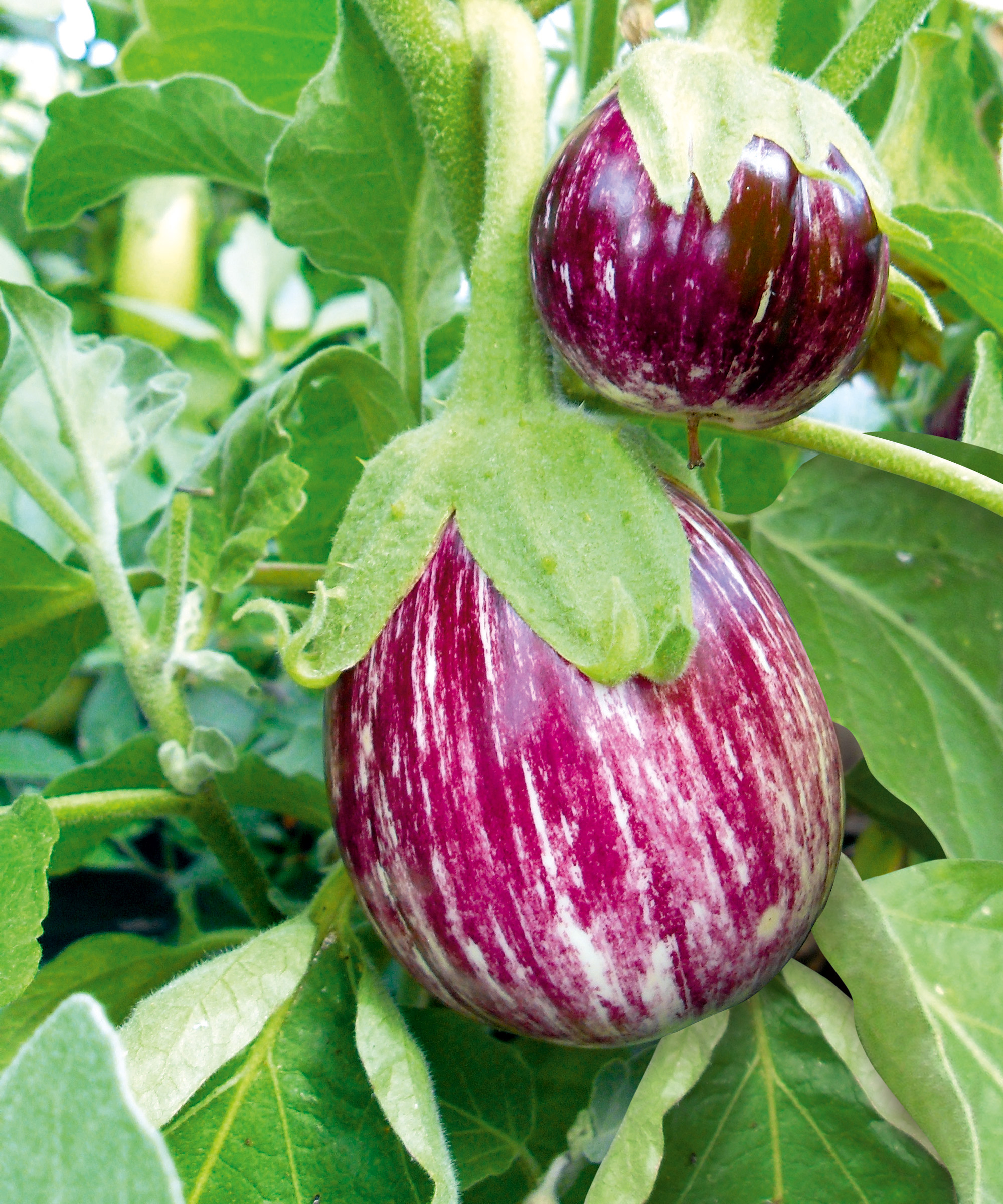
Dwarf ‘Pinstripe’ from Suttons can be grown in greenhouses and in pots on patios once it is warmer
Sleek, glossy and rotund – the eggplant, or aubergine (Solanum melongena), is a dramatic yet easy-going entry in our list of vegetables to plant in January. Cultivated in China and India for over 1,500 years, this botanical beauty is an excellent source of vitamin B1, potassium and folate. Formerly a mainstay of moussakas and baba ghanoush, you can grow eggplant in a variety of growing conditions. All it needs is a warm spot, sunshine, moist compost and a balanced fertilizer.
Patience is needed with the eggplant because it is a slow-starter, which is why it’s a good idea to start yours off in January. As Chris Bonnett observes, ‘The earlier you plant them, the better. Find a place with sun, and keep them inside until the risk of frost passes.’ For firm yet plump perfection, these crops do best in a heated greenhouse. While content to flourish in the ground, you'll find that several types of eggplant will also thrive with inventive container gardening ideas, as long as they are well supported and staked as they mature. However, if grown in the ground, they make some of the best companion plants for tomatoes and peppers.
Although readily available in deep purple hues, you can also experiment with white, green and striped varieties. Great varieties to try include high-yielding ‘Long Purple’, container-friendly ‘Kaberi’, heirloom ‘Black Beauty’ and early-cropping ‘Moneymaker’.
4. Celeriac
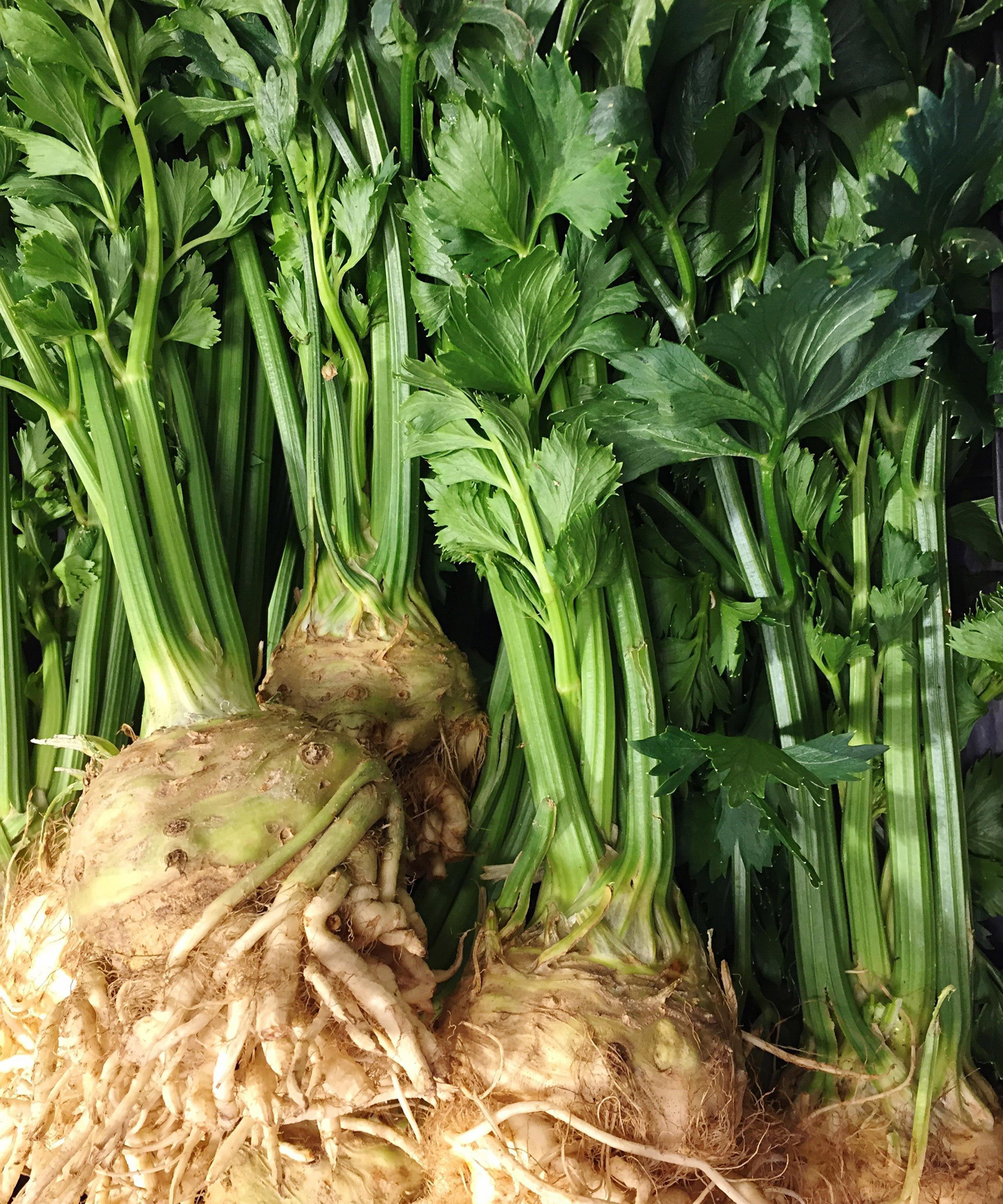
Getting celeriac plants like ‘Monarch’ to produce plenty of leaf is key to returning a decent harvest
It might not win any beauty pageants, but celeriac is a culinary revelation and one of the most versatile vegetables to plant. A cross between celery, fennel, walnut and aniseed, its tangled swollen roots look haphazard and messy, but its crisp, nutty parcels deliver an invigorating pay-off. As Lucy Chamberlain points out: ‘Moisture-loving, crunchy and nutritious, celeriac rewards the patient gardener with generous returns and robust flavors.’
Known botanically as Apium graveolens var. rapaceum (and colloquially as ‘knob celery’), celeriac isn’t hard to grow – it just takes time! Thanks to slow germination and a long growing season, you should sow now into shallow pots, keeping compost just moist. Protect from chills and irrigate freely as growth accelerates in summer. Keep the soil fertile and moist as crops bulk up, water well and give mulching a try for the best returns. Harvest from late September, leaving in the ground longer for more intense flavors. Try ‘Monarch’, ‘Alabaster’, ‘Prinz’ and ‘Mars’. Celeriac makes a good companion plant for Brussels sprouts, celery, lettuce and alliums.
Fans of companion planting should grow with tomatoes, spinach, peas and beans. Celeriac stores brilliantly and keeps for eight months. So it may not be a looker, but it’s definitely a keeper!
5. Quinoa
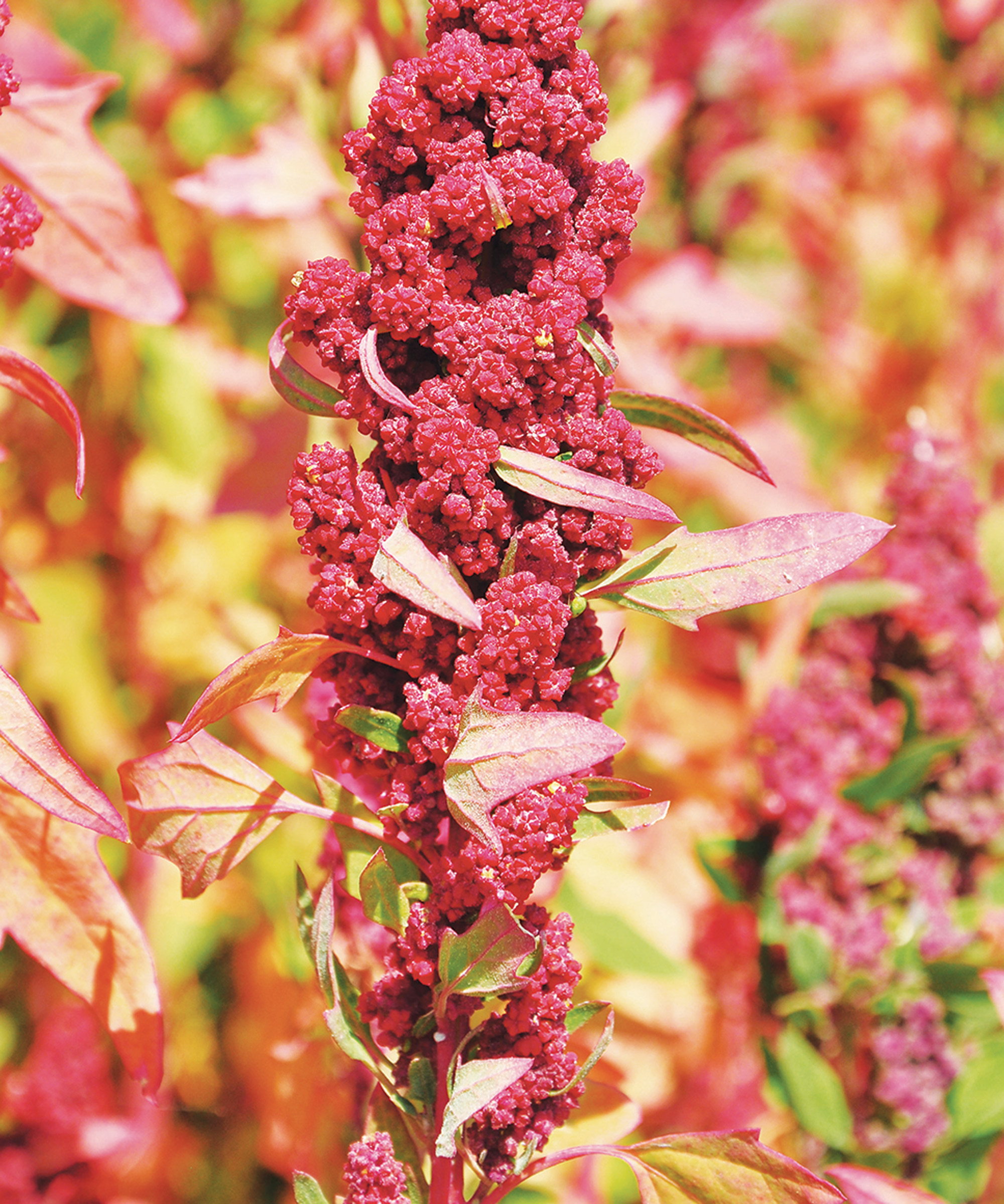
Quinoa yields a massive harvest from just a few plants
For gluten-free gardeners, it’s vital that you can build up a stash of protein-rich seeds and grains. So if you haven’t tried already, make this your year for growing gorgeous, fluffy quinoa. As Lucy points out, Chenopodium quinoa yields an immense harvest from just a few plants, so your store cupboards will be stocked up for months. As well as sowing outdoors in spring, you should start some undercover now and keep in pots in a sunny, sheltered spot until they can be safely moved out. These are excellent plants both for seed harvests and tender quick-maturing leaves.
Formerly a favorite of foragers, these crops have evolved from edible weeds and are available in brilliant shades of purple, magenta, copper and gold. Popular varieties include ‘Brightest Brilliant Rainbow’ and ‘Cherry Vanilla’. Chris Bonnett suggests sowing indoors and placing under grow lights or next to a sunny window. ‘It is an easy cool-season crop and seeds don’t need to be sowed deep,’ says Chris. ‘Quinoa is initially a slow grower, but will put on a spurt and can grow two metres tall.’ Moved outdoors and kept in a moist, well-drained soil, these crops are some of the best companion plants for garlic, mint and beans. Support with stakes, mulch, and water occasionally until seed heads develop.
Plants develop densely clustered flower spikes from leafy bases that resemble spinach, and these spikes form the basis of the crops. Harvest 90-120 days from sowing, hanging spikes in an airy place, and waiting for the seeds (‘pseudocereal’) to dry. Lucy suggests thrashing off the husks and storing in jars. Soak overnight and drain before using these vibrant protein-packed treats in tabbouleh, salads and porridge.
6. White cauliflower
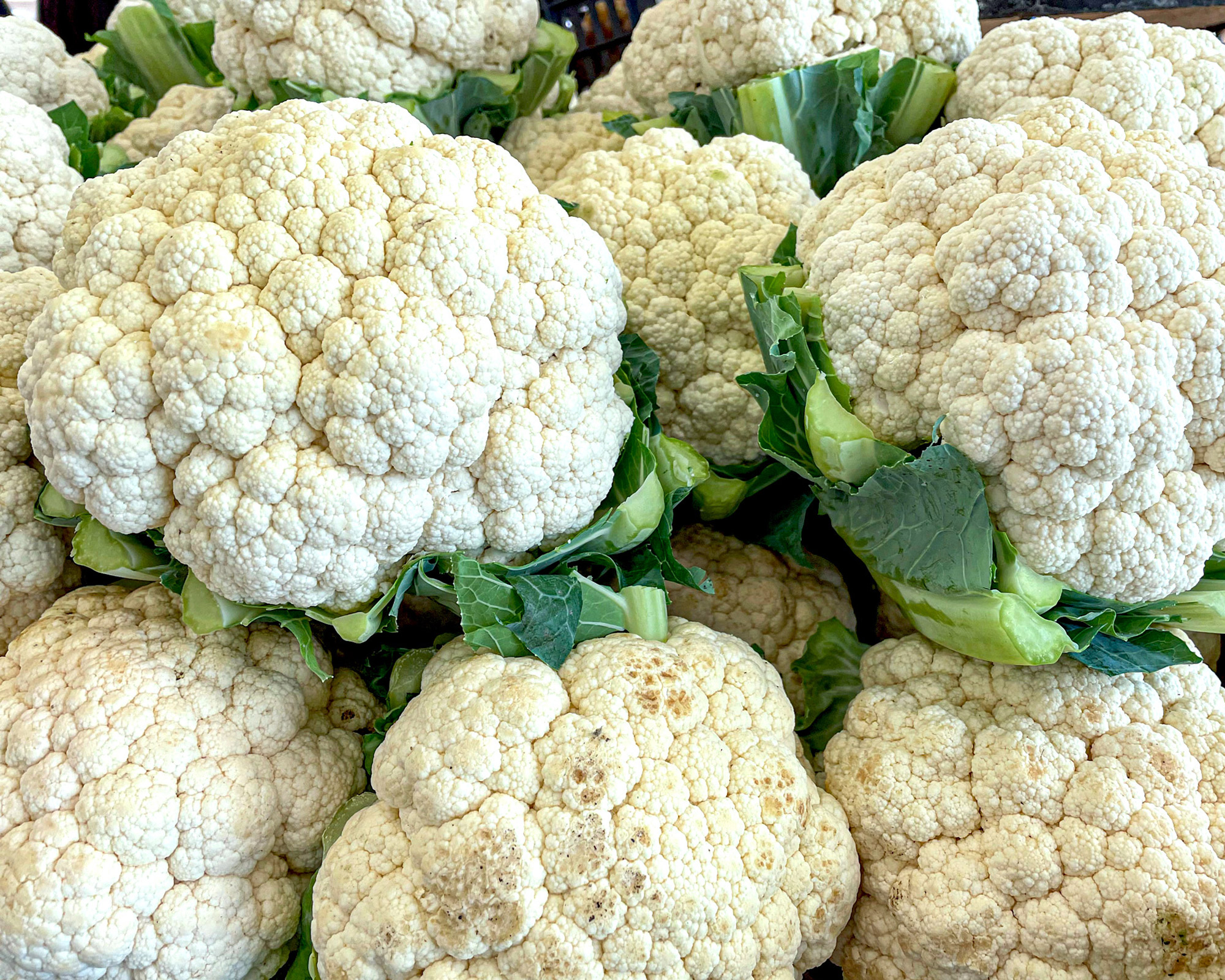
‘Snowball’ is a great cauli for an early sowing under glass
Feasting on the nutty, crunchy harvests of homegrown cauliflower is a process that starts at the start of the year with some thoughtful January planting. Very early varieties are best served with an extended period of growth in which to bulk up richly textured florets and extensive root systems. For those wanting to grow cauliflowers (Brassica oleracea), the brightest white varieties are best sown in January for peak crunch. Sown under glass, early varieties develop comfortably in cold frames or a greenhouse. As Chris Bonnett points out, getting a head start now means you can make the most of the cooler months that cauliflowers crave.
‘Cauliflowers require constant cool temperatures, plus a rich, moist soil filled with fertiliser,’ says Chris. These cool-season brassicas also need lots of light to develop leafy layers to protect those crispy curds. Started under glass, you can plant out young caulis in a sunny spot while it is still relatively fresh, enabling lots of steady growth. Adding some well-rotted manure gives plants a boost at planting, and mulching keeps the ground cool and moist. Grow alongside calabrese and broccoli, and fill spaces by growing radishes and quick-cropping beetroot, which can be lifted before mature caulis need the space. Harvest at three-four months, depending on the variety, when the heads are plump and firm.
While you may hear that cauliflowers can be fussy, January sowings give ample time, space and temperature benefits, making them some of the best vegetables to grow in late winter and early spring. ‘Snowball’ is an excellent all-round early pick, but there is also ‘Snow Crown’, ‘Earlisnow’ and ‘Clapton’ if you are looking to expand your nutty horizons.
7. Banana shallots
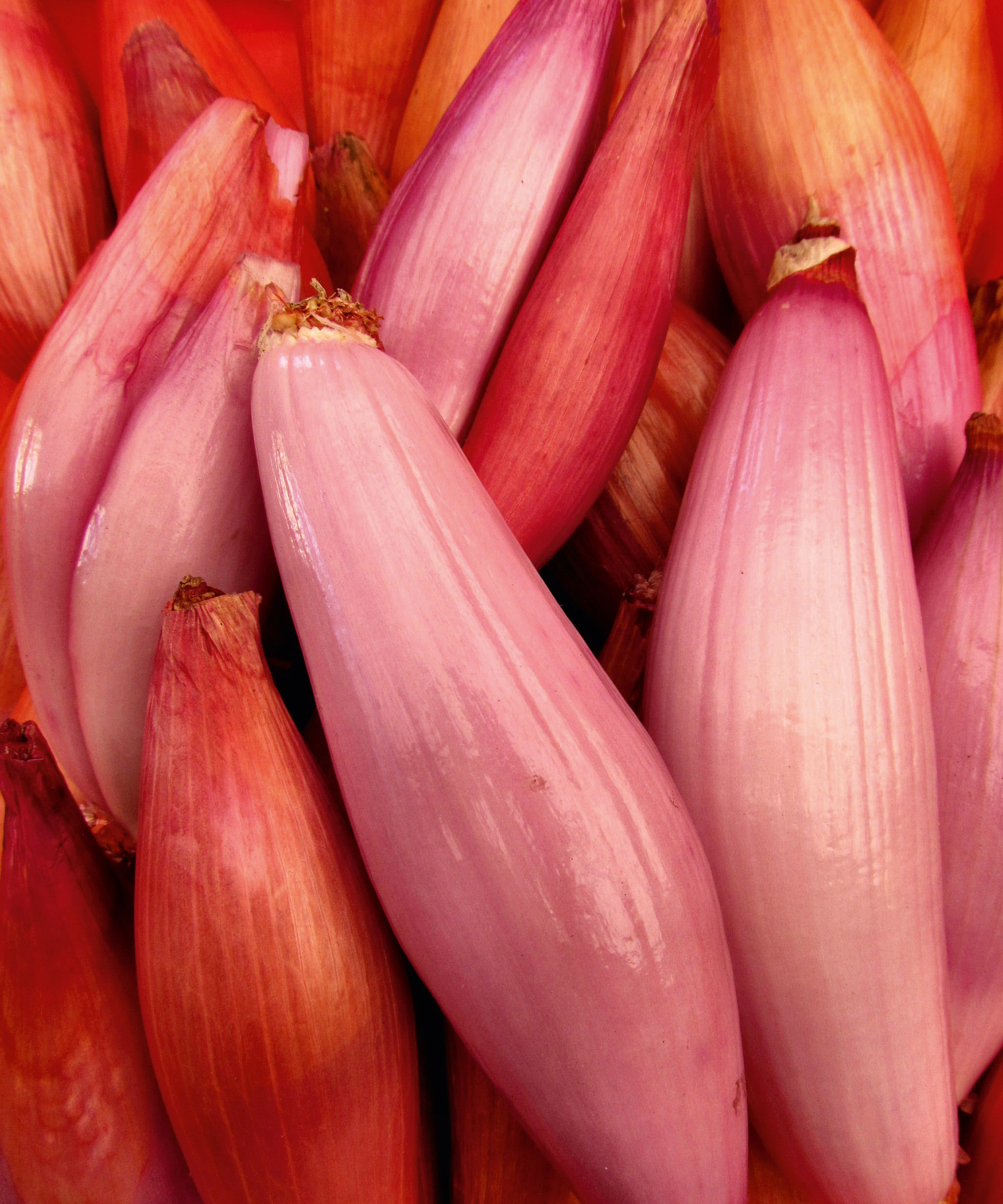
Shallot ‘Simiane’ from Suttons has a mild, sweet flesh with dynamic rose-colored rings once sliced apart
For anyone after easygoing vegetables to plant in January, the advice is simple – have a banana! Banana shallots are like the sweet sisters of the ubiquitous onion. Mild in flavor and easy to grow, these torpedo-shaped treasures (Allium cepa) range from the decorative pink rings of ‘Simiane’ to extra-long AGM winner ‘Longor’ and spicy purple ‘Griselle’. Sweet and simple, they add crunch and character to stylish skewers, as well as classic French onion soups and dynamic seasonal salads.
Anyone wanting to grow onions will find this crop a pleasant alternative to conventional pungent plantings. It is one of the easiest vegetables to grow if you follow some simple steps. Sowing your shallot seeds now, that extra time spent under glass before being planted out works wonders for root growth and ultimately flavor. Seed-grown shallots are less susceptible to bolting. Just keep weed-free and well watered in a moist, well-drained soil once they are moved outdoors into a raised bed or veg border. And add a little sulphate of potash in summer to give your bananas a boost.
This shallot is one of the best companion plants for kale and grows happily with beetroots, tomatoes and carrots. They also do well in any patch where you grew cucumbers the year before.
8. French beans
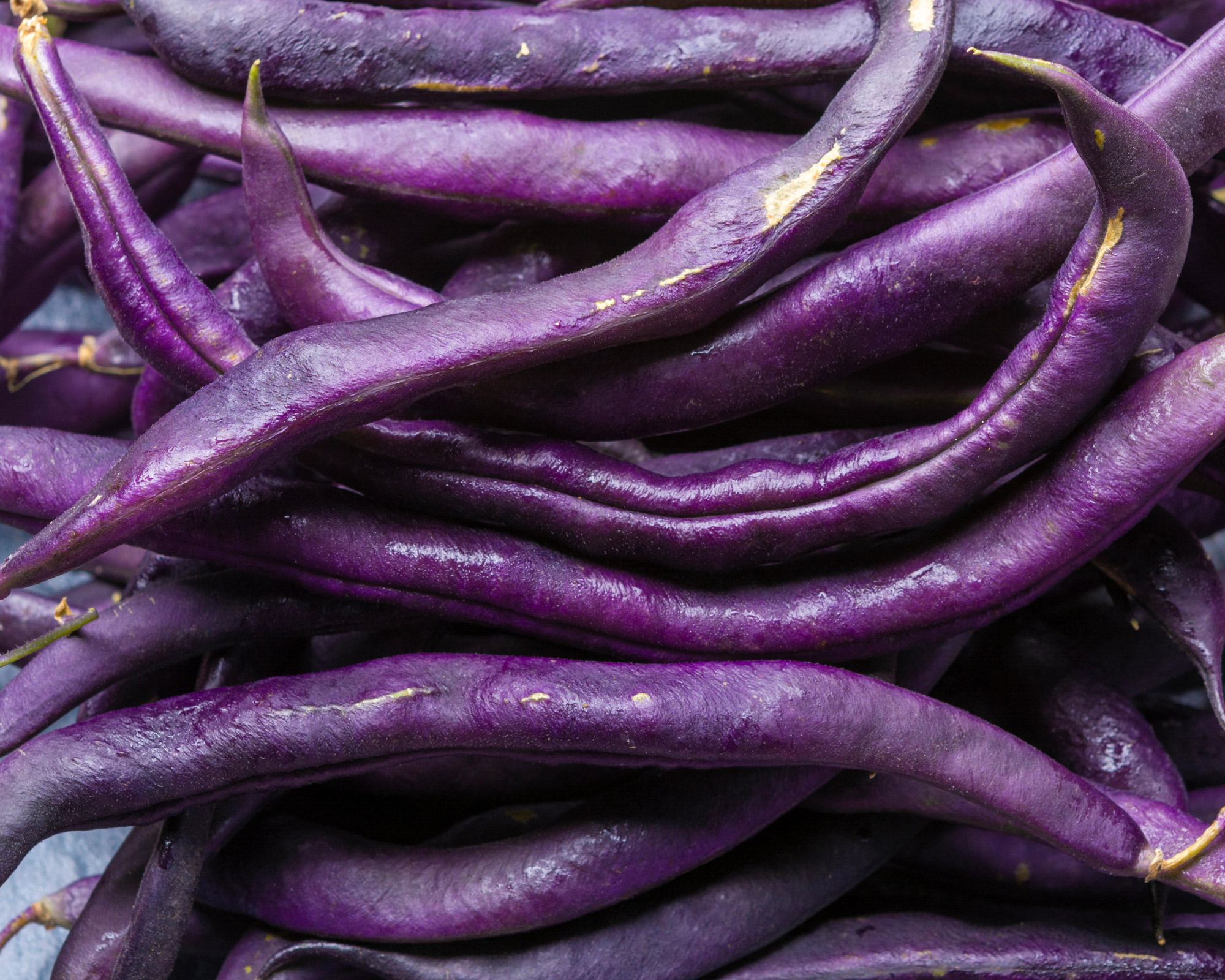
Freshly picked 'Carminat' is a vibrant climbing French bean variety
Whether you fancy a rustic climber or a bushy dwarf, the French bean (Phaseolus vulgaris) is one of the best vegetables for January planting. Given the number of varieties up for grabs and the comparatively long window for successive sowings, it makes sense to start a few off indoors as soon as possible. As anyone who knows how to grow French beans will tell you, it’s possible to enjoy months of colorful crops if you synchronize varieties sensibly and give them the right growing spaces.
You’re spoiled for choice in terms of both dwarf and climbing bean varieties. Compact yellow ‘Sonesta’ and purple container favorite ‘Amethyst’ are particularly suited to early growing indoors. Dwarf varieties produce pods in flushes and benefit from early as well as late sowings. But there’s nothing to stop you starting off creamy flat-podded ‘Golden Gate’, pencil-podded ‘Blue Lake’ or red-flecked ‘Borlotto Lingua Di Fuoco Nano’ beans now for transplanting out in spring.
If properly supported, climbing beans are great partners for all manner of raised garden bed ideas in warmer months, so you can experiment with endless edibles in style. All that’s needed is well-drained, crumbly soil or large containers for a French connection we can all indulge in!
9. Sweet potatoes
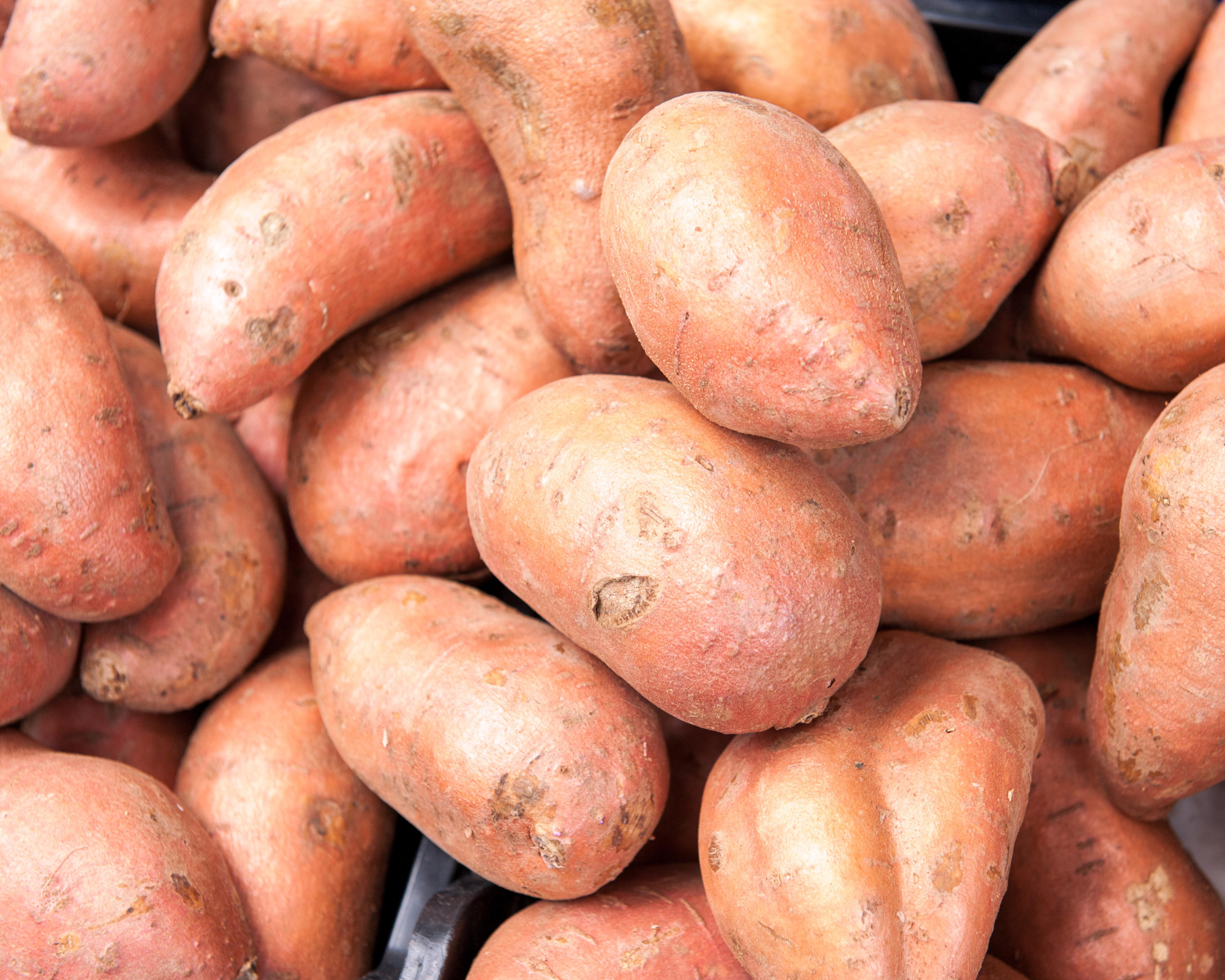
Sweet potatoes are high in beta carotene, fibre and carbohydrates, and can be stored for months
A tastier, more nutritious alternative to the humble spud? You heard us right – and the sweet potato (Ipomoea batatas) is one of the most rewarding vegetables to plant in January. Whether you opt for the red-skinned Caribbean or the softer orange American types, an early new year start is key to knowing how to grow sweet potatoes – so don’t delay. Choose ‘Bonita’, ‘Georgia Jet’, ‘Beauregard Improved’, ‘Erato Orange’ and ‘O’ Henry’ to get the most from spuds in milder regions.
Technically, what you do in January is pack one tuber in warm, moist, gritty compost or sand. As organic veg expert Bob Flowerdew explains: ‘Kept somewhere warm, this will soon sprout. When the shoots (slips) are finger length, they can be detached and potted up in a warm, light place.’ As they grow, Bob recommends large containers and canes. With the right climbing plant support, the sky's the limit!
As your sweet potatoes grow, you can keep them inside or try your luck outdoors – given the right trellis and training, the trailing stems of your plants will flourish. Leave in big tubs and bring under cover in fall to extend the growing period. What could be sweeter than that?
10. Collard greens
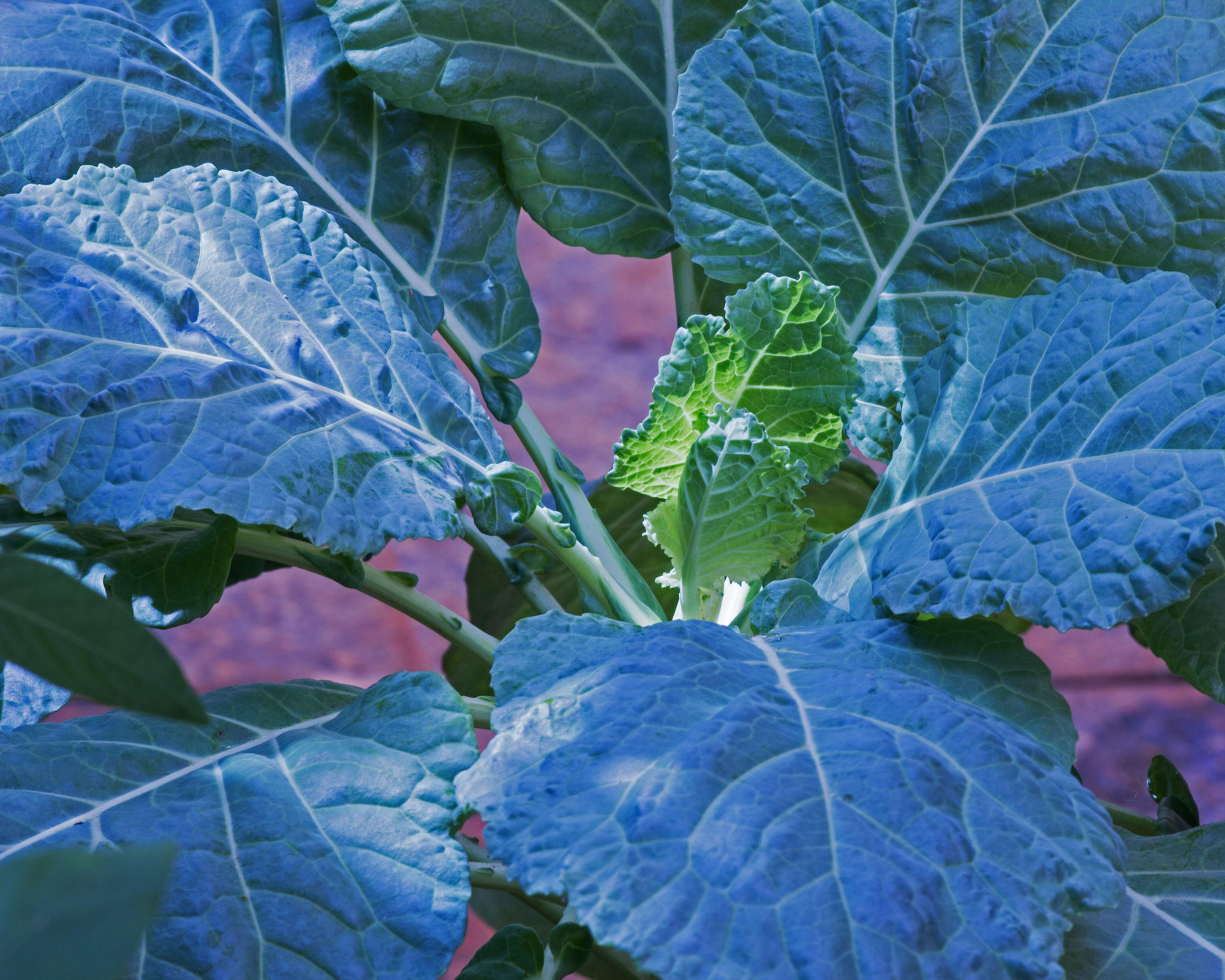
The lush, leafy expanse of collard greens will require space and sunshine in order to bulk up
If you’ve never heard of the next entry on our list, now’s your chance to get acquainted. Packed with vitamins A, C and K, iron, calcium and manganese, collard greens (Brassica oleracea var. viridis) also help to lower bad cholesterol. And if you like to grow cabbage, you’ll enjoy the smooth, fan-like leaves of these nutritious beasts, perfect for dishes that involve braising or steaming.
Part of the thinking behind starting these giant croppers early should be self-evident: a fair bit of time is needed to build such lovely big leafy treats. Knowing how to grow kale may also give you a head-start with these plants – which also like to bulk up in a spot offering full sunshine. Still, they are tolerant of warm and cold weather, and can be grown in a range of soil types as long as it’s moist, fertile and well-drained. Collard greens make some of the best companion plants for potatoes and also work well planted alongside sage, dill and celery.
Make sure they have ample room (and soil depth) to bulk up, and allow 12-14 weeks to reach maturity. Start these gorgeous greens indoors from seed and plant out when they have three true leaves. We recommend lush ‘F1 Sweetie’, high-yielding ‘Flash’ and sweet-tasting ‘Teddie’.
11. Glasshouse tomatoes
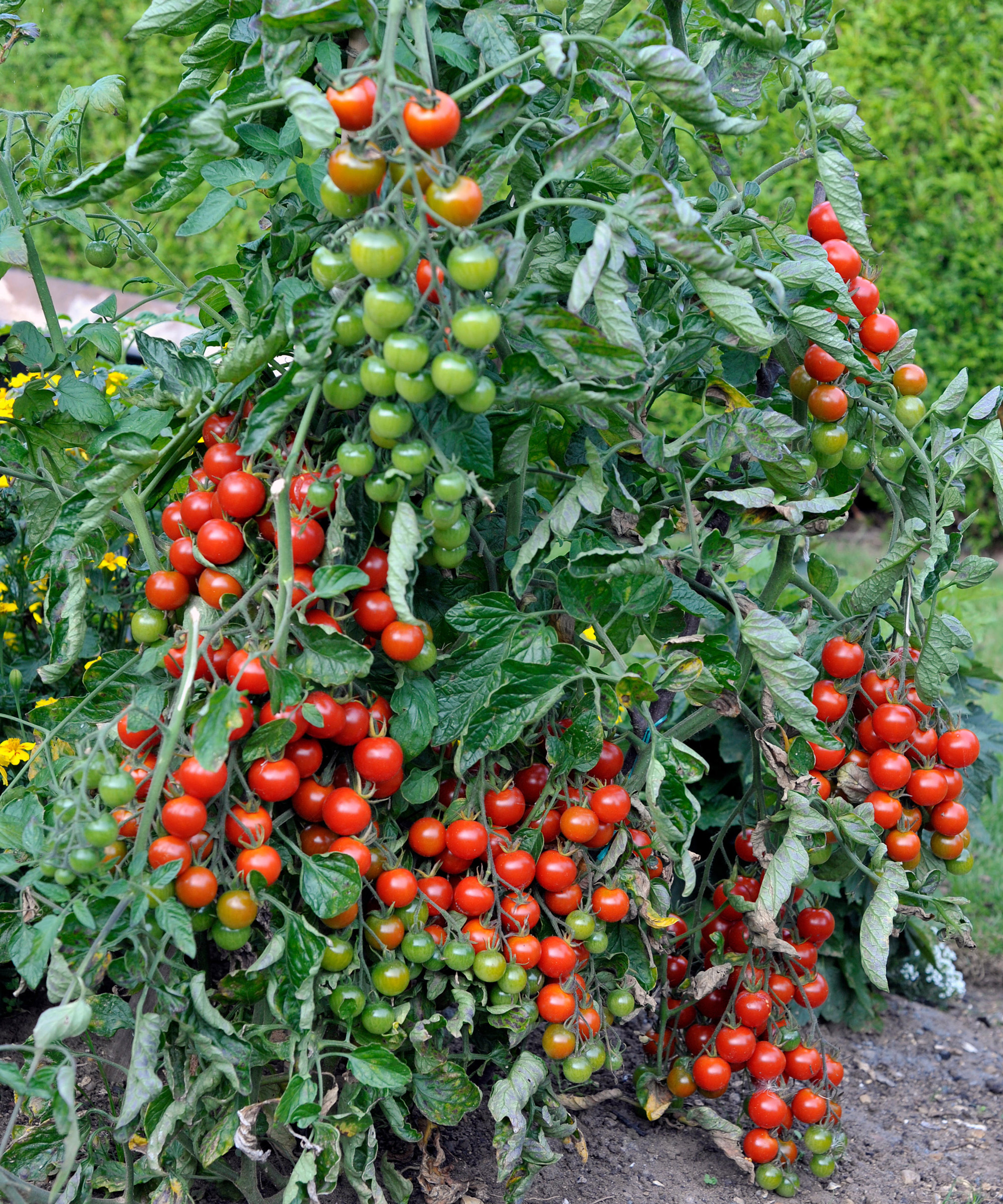
'Sweet Million' is a prolific fruiting tomato you can start in January
Perhaps it should go without saying that tomatoes are essential in our list of vegetables for January planting. There are so many varieties to explore, it would basically be rude not to try growing a few undercover as quickly as possible. A warm greenhouse is your ticket to knowing how to grow tomatoes – as long as you can regulate the temperature of your burgeoning tangy fruits and moderate the space, the rest is child’s play.
Start now and experiment with different varieties (or one variety in successive sowings) for bumper yields of glasshouse crops. If you’re stuck for ideas, there’s prolific cherry ‘Sweet Million’, succulent fleshy beefsteak ‘Tomande’ and the delightfully distinctive ‘Heinz 1350 Souper Tomato’. As Lucy Chamberlain points out, germination is strong and swift with glasshouse tomatoes: some well-watered seed compost is all it takes. Once the first flower truss appears, plant in the greenhouse earth, pot up in large tubs or growbags, or hang in baskets if room permits. These crops thrive in tandem with radishes, basil, lettuce and chives.
You’ll get plenty of fruitful mileage under glass, even in modest spaces, and you’ll reduce the risk of blight to boot. Just choose the best mini greenhouse, water regularly, add a couple of high-potash feeds when fruits appear, and keep an eye on ventilation as the days get warmer.
- Buy glasshouse toms in the US: view at Burpee
- Buy glasshouse toms in the UK: view at Thompson & Morgan
12. Habanero chillies
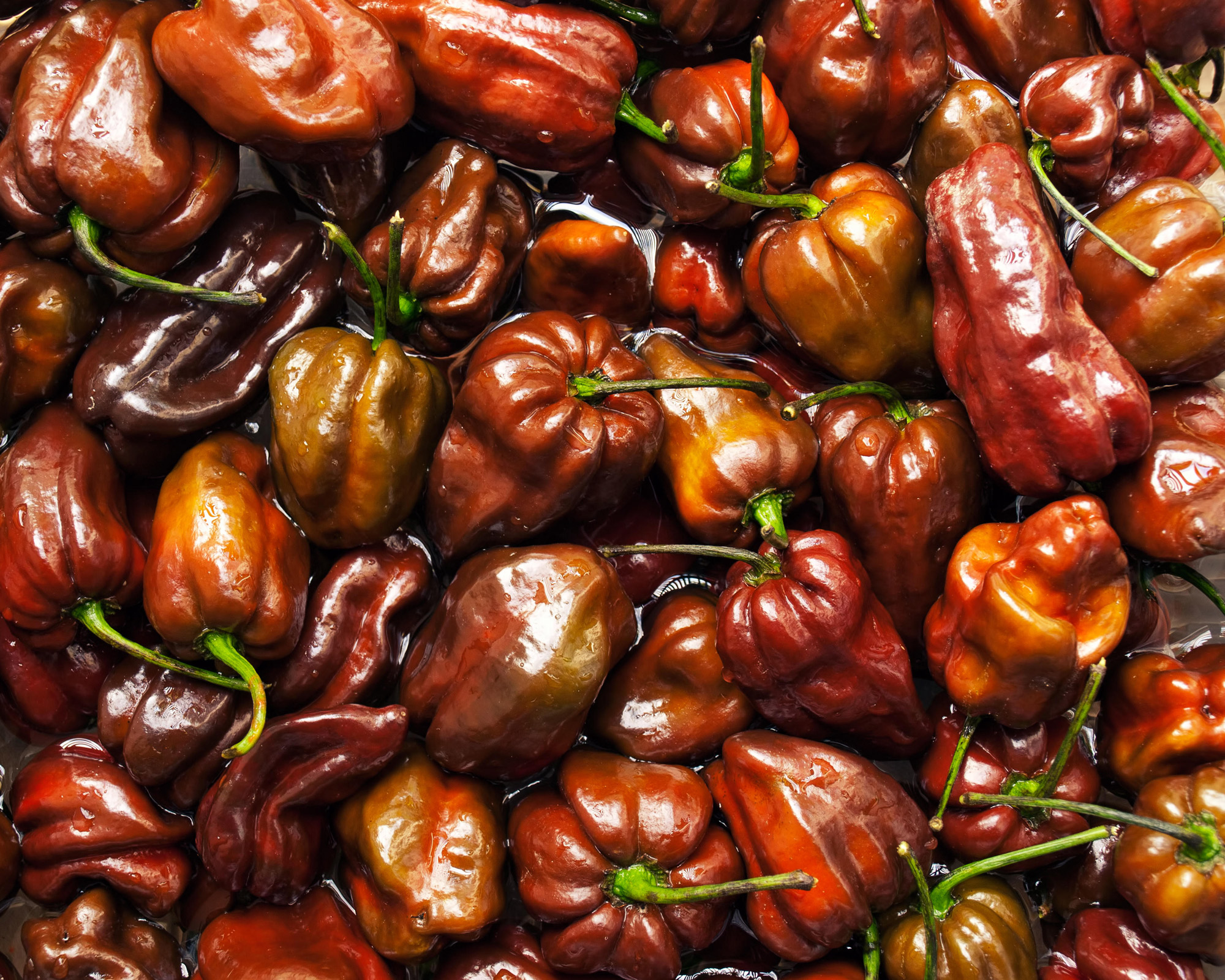
Start an extra-early batch of ‘Chocolate Habanero’ so it has time to hit peak heat
If your shortlist of vegetables to plant in January doesn’t include these feisty sauce-pots, we urge you to reconsider! Chillies have been blazing a trail through kitchen gardens since they tickled the taste buds of 15th century European monks. And while you might already grow chillies, the heat-loving habanero (Spanish for ‘the one from Havana’) is where it’s at.
These compact croppers (Capsicum chinense) are perfect if you want to grow vegetables in pots – and the sooner you sow, the better! Starting habaneros early is key as they are slow to mature and need sufficient time to develop industrial-level levels of heat (crops clock in at between 140,000 and 400,000 on the Scoville scale). Under cover in containers is best to help develop those intense kicks. They are attention-seekers, as Chris Bonnett notes, but reward a long season of care, regular warmth, patient watering and a light seaweed feed with smoky, fruity flavors.
Happy in a greenhouse or polytunnel, habaneros crop prolifically in an array of shades: atomic red, Dulce orange, acid yellow, hot chocolate. Started now, they will start fruiting in July and keep cropping through autumn. So for unforgettable feel-good perennials that pack a real punch, fire up the propagator and start these scorchers off now!
- Buy habanero chillies in the US: view at Burpee
- Buy habanero chillies in the UK: view at Sea Spring Seeds
What else can I do on the plot in January?
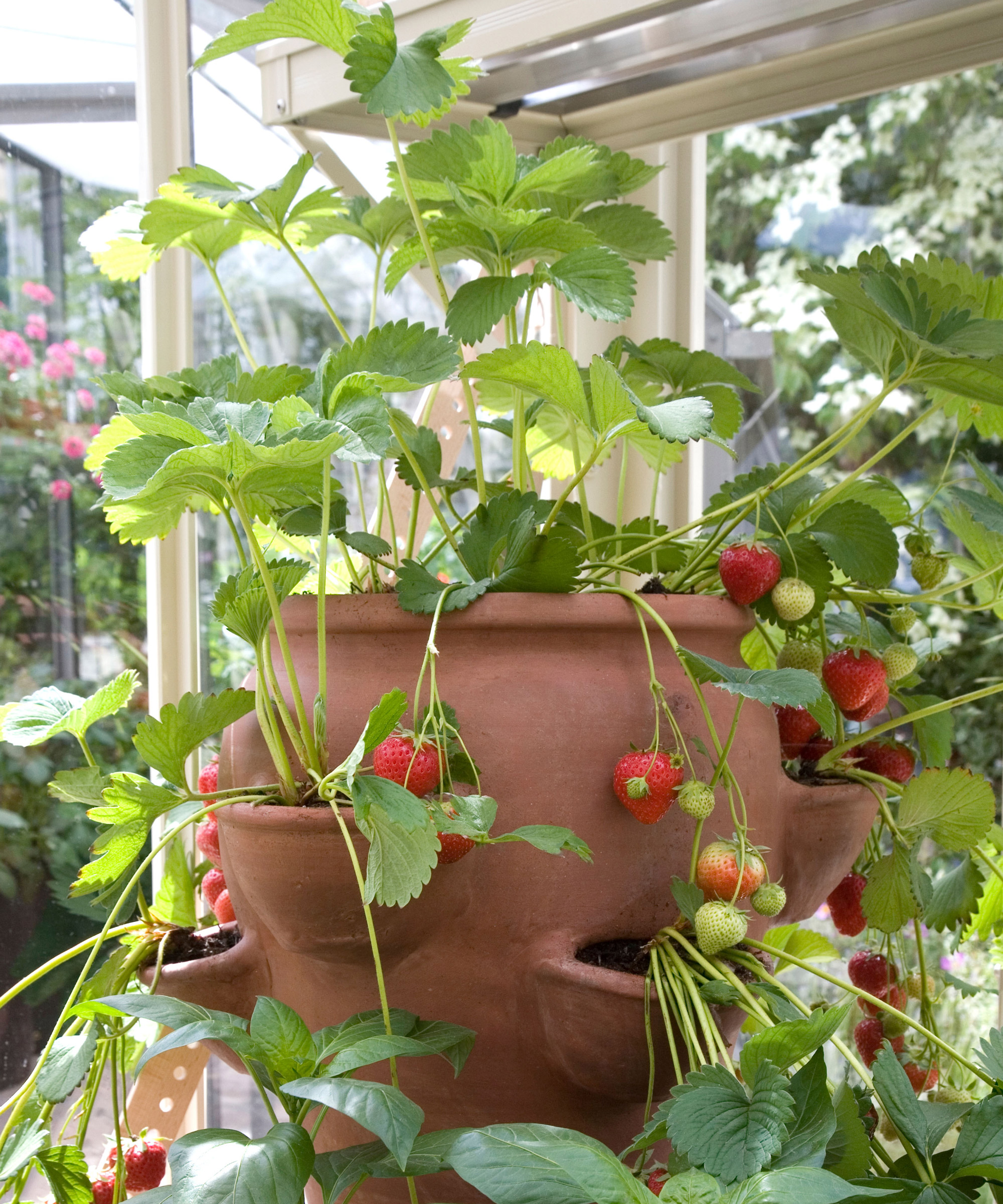
Starting off strawberries like ‘Vibrant’ under glass and growing in a greenhouse will deliver healthy crops weeks earlier
- For anyone looking to grow strawberries, January is a chance to start forcing early crops. The trick is to pick early-maturing varieties (‘Christine, ‘Honeoye’ or ‘Vibrant’) and grow them in pots. After being exposed to the winter chill, grow on in a heated sunny greenhouse or conservatory. When flowers emerge in March, dust gently with your hands to aid pollination. Be ready to pick from mid-April onwards.
- If you haven’t already, now is the time to start chitting tubers. Anyone who knows how to grow potatoes will tell you this is key to the success of spuds. Pick ‘seed’ potatoes such as ‘Rocket’, ‘Swift’, ‘Maris Bard’ and ‘Lady Christl’. Opt for first-earlies, which are ready to lift in May. Place in an egg box with the ‘rose’ end uppermost. Site somewhere well lit and frost-free. Within a couple of weeks, shoots (chits) should appear.
- It’s not too late to start garlic, so plant spring cloves in pots under glass. If you want to grow garlic of quality, one key rule is to avoid planting supermarket cloves. Stick to varieties for spring planting, like ‘Solent Wight’ and ‘Mersley Wight’. Fill 4in (10cm) pots with multi-purpose, and bury one clove 2in (5cm) deep per pot. Water, allow to drain and place in a greenhouse. Once the soil warms up, the plants can go outside.
- Why not start growing rhubarb weeks before your neighbors? Force pots over the rhubarb bed now and you can pull stems as early as March. Use an early variety like ‘Timperley Early’ or ‘Hawke’s Champagne’ and cover plants in situ. If you don’t have a forcing pot, an old chimney pot and terracotta saucer work well. Then all you need is darkness and a little patience – and soon, succulent hot pink shoots will be yours!

As assistant editor of Amateur Gardening magazine, Janey's gardening passion was fostered from an early age, when her amazing mum had her deadheading hydrangeas, mulching roses, and propagating strawberry plants from runners for school open days. She's also taken part in lots of conservation and rewilding projects for the RHS and TCV as a way of exploring her horticultural horizons.
